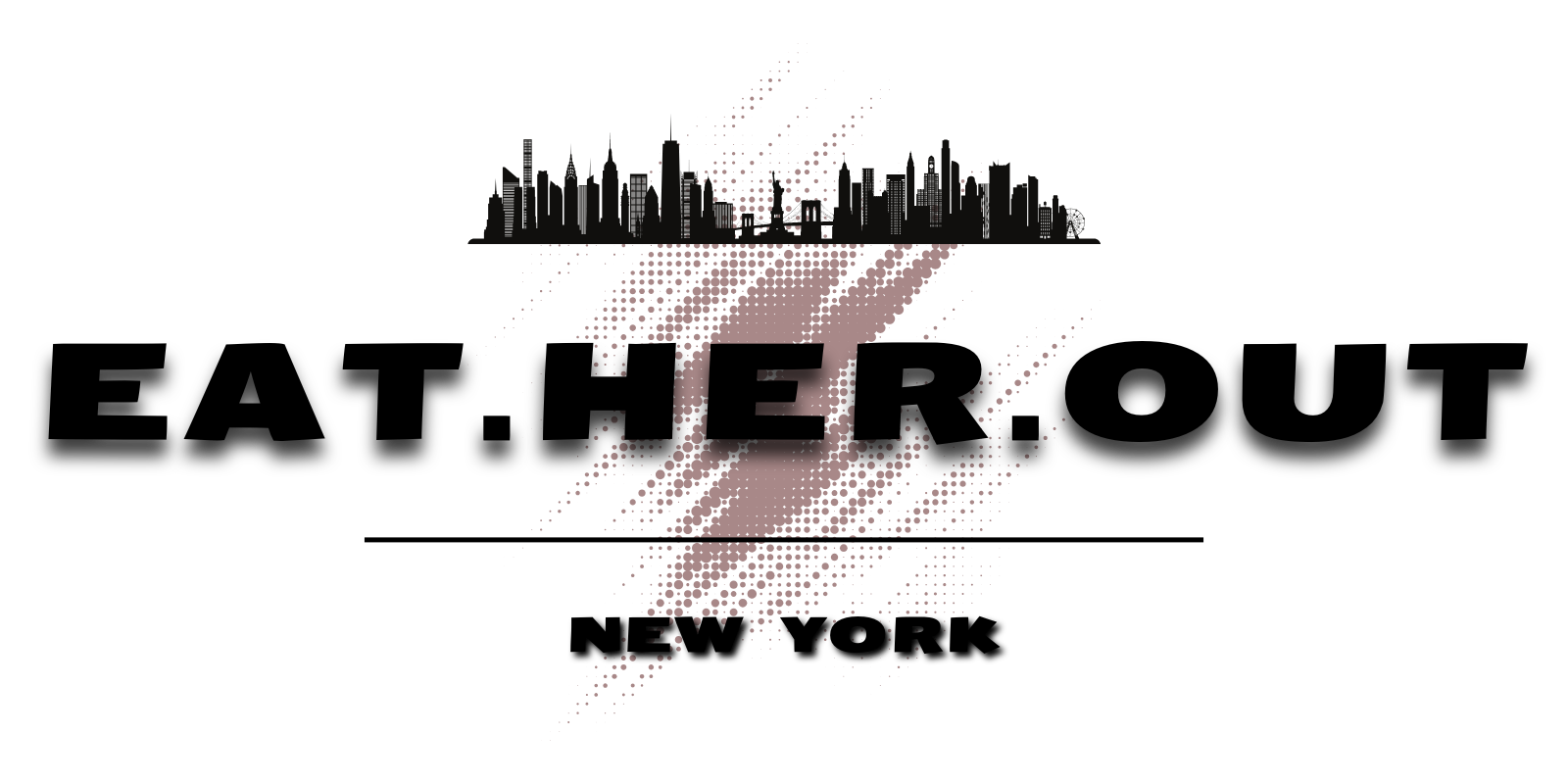I knew I’d lost the present moment when I found myself sitting in my car, in my own driveway, replaying a conversation from three days ago and silently crafting the perfect comeback. Never mind that the moment had passed, that the other person had likely forgotten the exchange entirely—I was starring in my own mental courtroom drama, complete with imaginary witnesses and closing arguments.
If you’ve ever argued with someone in your head, planned an entire week’s worth of tasks while brushing your teeth, or mentally composed emails in the shower, you’re not alone. Our minds are like overzealous personal assistants—always planning, reminding, and occasionally catastrophizing. The problem is, they’re rarely focused on right now.


But here’s the truth: life doesn’t happen in our mental replays or fast-forwards. It’s unfolding in real time—in the smell of your morning coffee, the sound of rain tapping the window, the feeling of your feet on the floor. Living in the present is about learning to be where your body already is. And it’s not as mystical or complicated as it sounds.
Here are some practical, heart-centered techniques for stepping out of your head and into the moment.
1. The Power of a Well-Timed Breath
Your breath is like the “return to home” button on a drone—no matter how far your mind flies away, it can guide you back.
Try inhaling for four counts, holding for four, and exhaling for four. Focus only on the air filling your lungs and leaving your body. This isn’t just calming; it’s a subtle reminder that you can only breathe now.
2. The Art of Micro-Mindfulness
You don’t need to meditate for an hour to feel grounded. Small acts of awareness throughout the day can shift you into the present.
- Notice the way sunlight falls across your desk.
- Pay attention to the texture of your sweater.
- Taste your coffee like it’s the first cup you’ve ever had.
Think of it like sprinkling little “present moment” breadcrumbs throughout your day.
3. Engage Your Inner Sensor
Your senses are the fastest way to bypass overthinking. When you feel stuck in your head, pause and name:
- One thing you can see in detail.
- One thing you can hear right now.
- One thing you can feel against your skin.
- One thing you can smell in the air.
- One thing you can taste (even if it’s toothpaste).
This sensory check-in works like a grounding wire, plugging you back into reality.
4. Make Movement Your Meditation
You don’t have to sit still to be mindful. Try turning movement—walking, stretching, cooking—into a present-moment practice. Focus on the sensations: the rhythm of your steps, the sound of chopping vegetables, the feel of warm water as you rinse a dish. Even folding laundry becomes a kind of meditation when you pay attention to it.
5. Name It to Tame It
When your thoughts start spiraling, simply label what’s happening:
- “This is me worrying about the future.”
- “This is overthinking.”
- “This is anxiety talking.”
That small act of naming creates just enough distance for you to step back and breathe.
6. The Gratitude Reset
If your mind insists on running in circles, gratitude is like a gentle hand on the shoulder steering you back. Name three specific things you’re grateful for right now. Go for oddly specific: “The smell of rain on concrete” beats “I’m grateful for the weather.” The more detail, the more your brain stays anchored in the present.
7. Single-Task Like It’s the 1800s
Multitasking might feel efficient, but it’s often just a way to be distracted in multiple directions at once. Instead, try doing one thing at a time—eat without scrolling, walk without texting, listen without planning your response. It’s amazing how much richer the experience becomes.

8. Drop the Myth of Perfect Presence
Here’s the truth: you will drift out of the moment. That’s not a sign you’re failing—it’s a sign you’re alive. The goal isn’t to stay in the now every second, but to notice when you’ve wandered and gently guide yourself back. Think of it like catching a daydreaming puppy and bringing it home.
Living in the present isn’t about forcing your mind into stillness—it’s about creating moments, big and small, that pull you back into the richness of now. Whether it’s through breath, sensory awareness, movement, gratitude, or simply slowing down, each small act is a step toward a calmer, more connected life.
Because the truth is, life is always happening here, not in the reruns or sneak previews in your head. And the more you practice being here, the more you’ll realize—it’s actually a pretty wonderful place to be.












